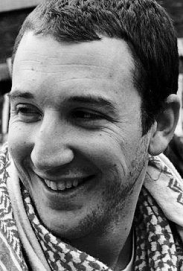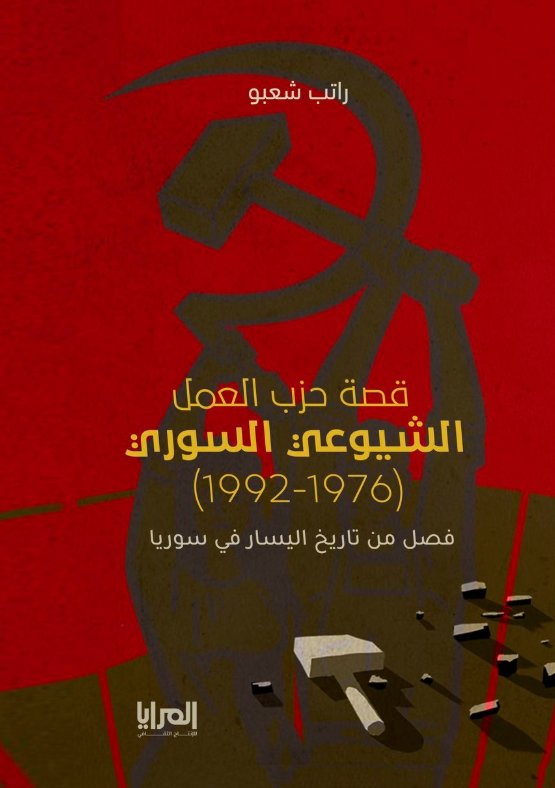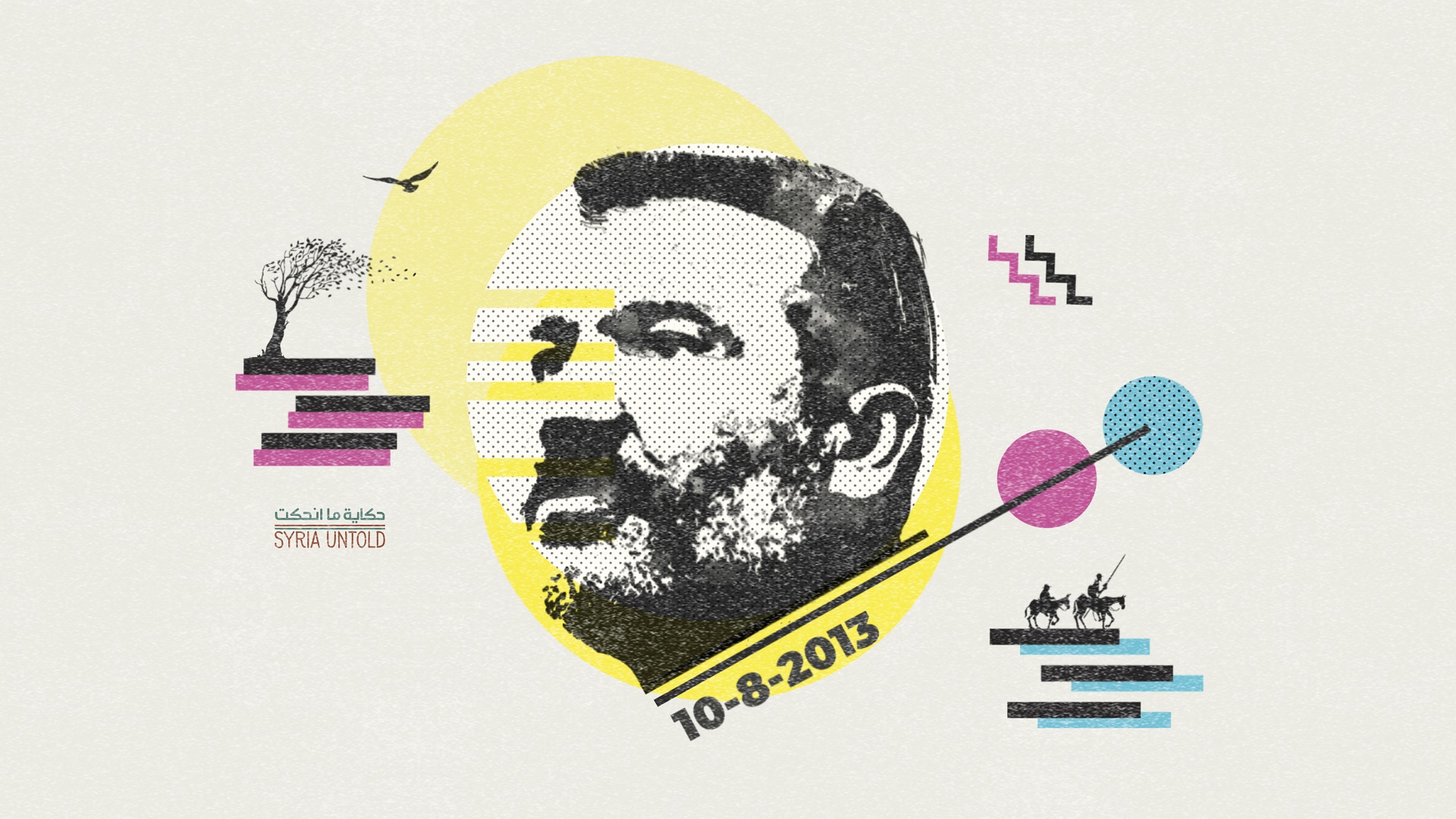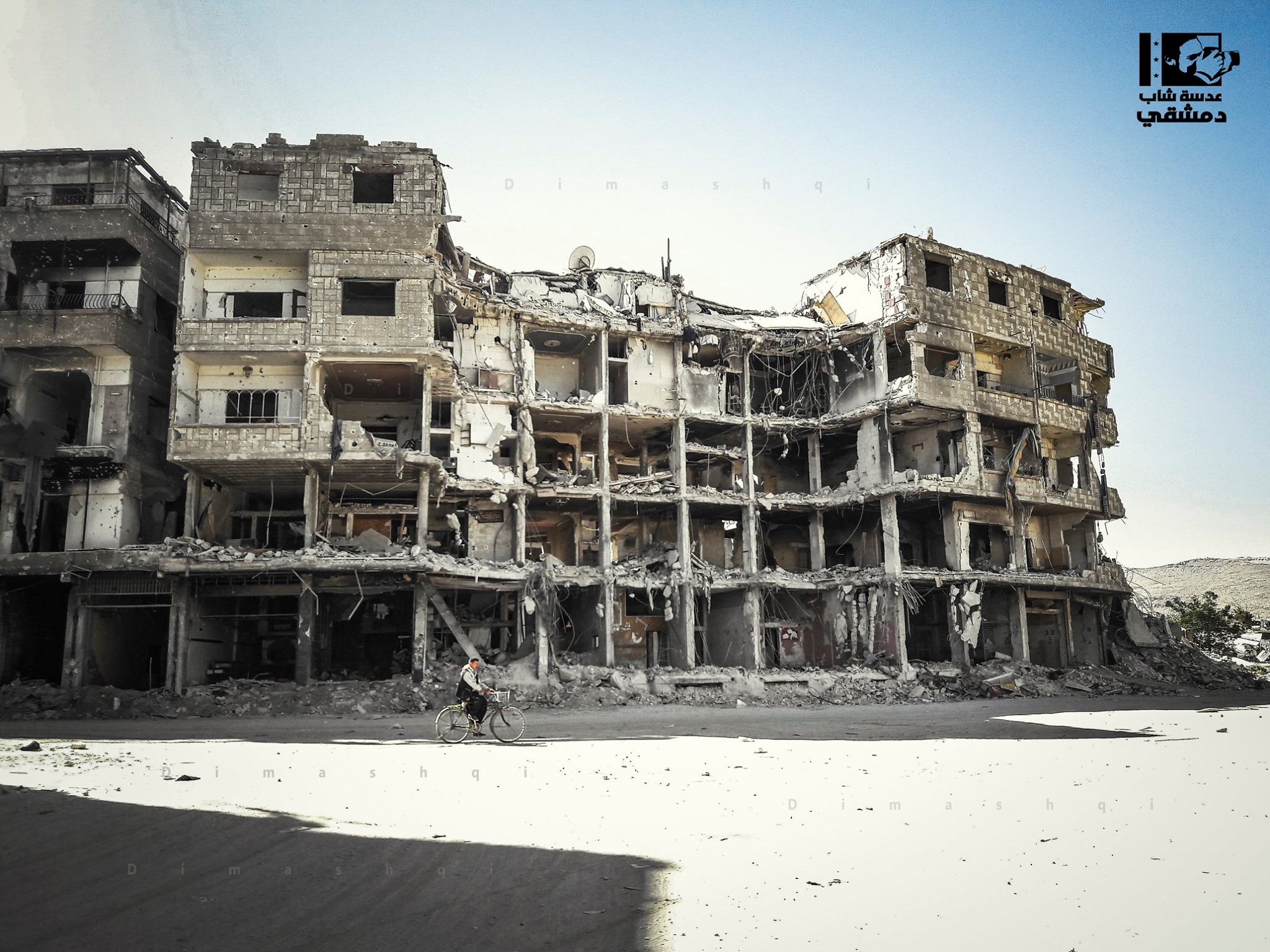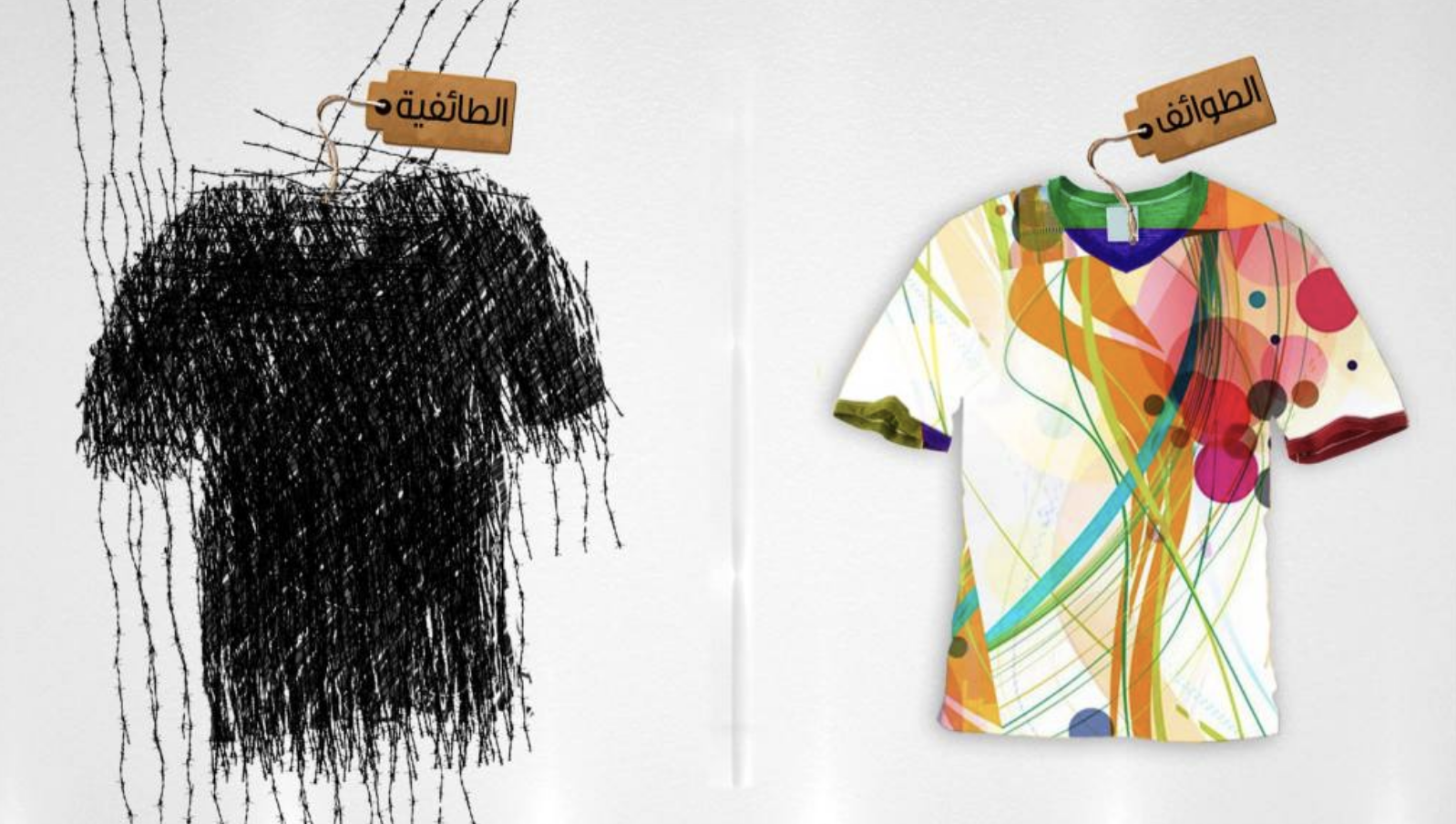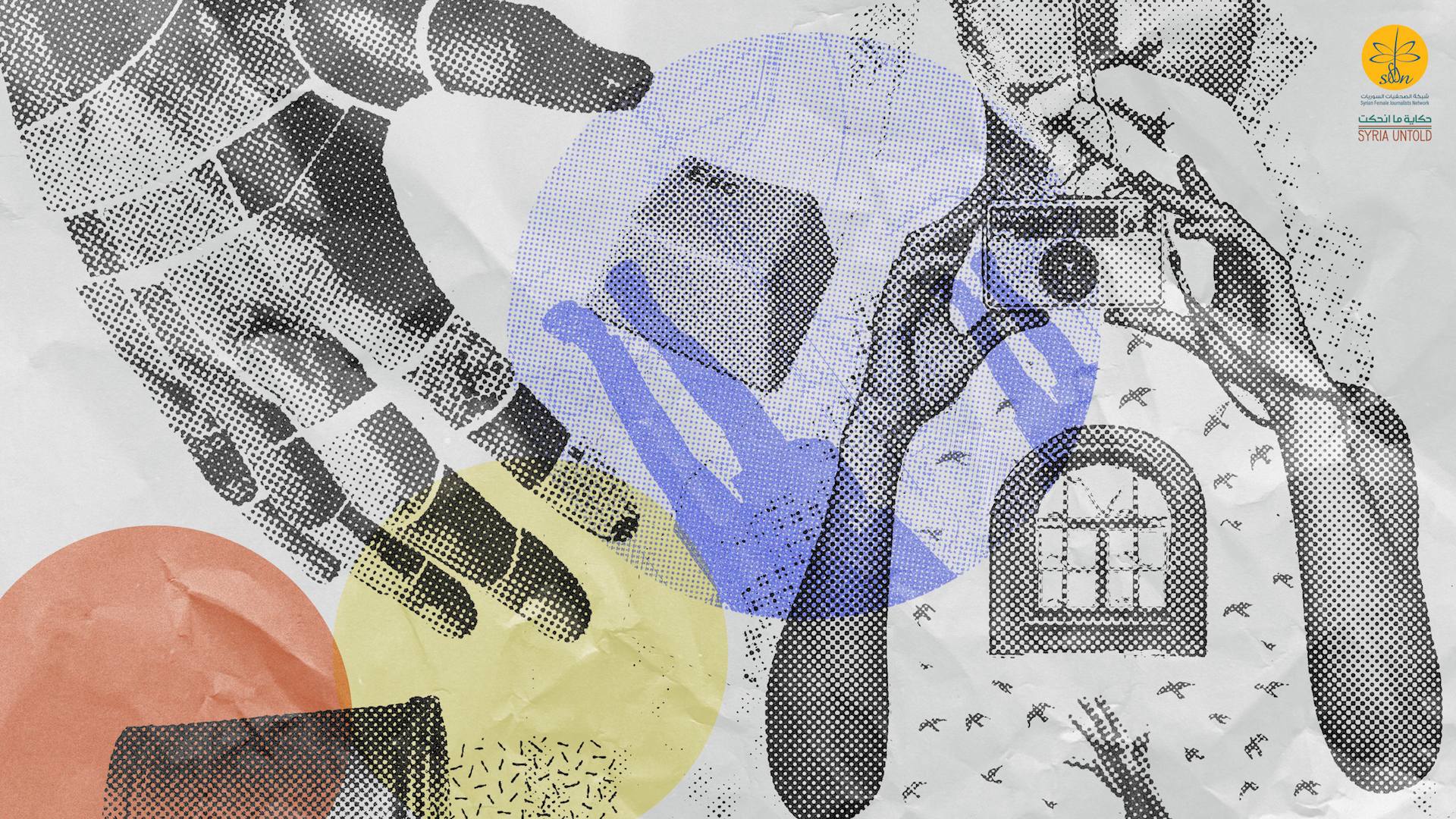This article is the first in a two-part series by Joseph Daher examining the history of Syria's Labor Communist Party.
Read part two here.
Rateb Shabo, a Syrian leftist political activist, was jailed for 16 years in the 1980s and 1990s—including three years in the government's notorious Tadmur Military Prison—for his membership in the opposition Labor Communist Party [i]. His recent book, The Story of the Labor Communist Party of Syria (1976-1992): A Chapter of the History of the Left in Syria (al-Maraya, 2020), is a must-read window into progressive political resistance to the Assad regime from the 1970s to 1990s.
Of all the leftist parties opposed to the Syrian regime, the Labor Communist Party (LCP) experience is likely the richest in terms of activism and political vision. The party has characterized itself with vibrant democratic internal debates and structures in comparison to other leftist and communist organizations, which featured a lack of pluralism and had a Stalinist heritage.
Different political tendencies existed throughout the history of the LCP, debating their analyses of the political context, as well as what kind of interventions were needed and the best way forward for the party. Similarly, the political practice and theory of the LCP were much more dynamic and non-dogmatic in comparison to other leftist parties, which were mostly rooted in Stalinist ideology. The party subscribed since its origins to an internationalist approach, linking the fate of the popular classes throughout the region and the world. The Soviet Union was not spared criticism from the LCP’s members, especially regarding its policies towards the affairs of the region.
Party members were from all ethnicities and religious sects of Syria, making it likely the most diverse among leftist parties in the country. Women also had a significant and, in later years, growing presence in the ranks of the LCP, though were largely absent from leadership positions (p.191). Alongside the initial involvement of women in the first steps of the party through “Marxist Circles”, or collective political groups, they played an increasingly important role throughout different periods of the party. Female members also suffered from the multiple campaigns of arrests by the security services, especially at the end of the 1980s as their numbers and participation in the party increased. As Shabo writes, the significant numbers of women in the LCP and their activism made the party clearly distinct from other leftist and communist groups, where women’s roles were comparatively less prominent (p.194).
Creation and development
The Six Day War marked a stinging defeat of the Syrian and Egyptian regimes by the Israeli state, and heralded the end of movements stemming from Pan-Arab nationalism. Egypt, Syria and other states would gradually abandon their previous radical social and anti-imperialist policies. Their state capitalist development methods began to stagnate. As a result, they opted for a rapprochement with Western countries and Gulf monarchies and adopted neoliberalism, putting an end to many social reforms which had gained them popularity among sectors of workers and peasants.
However, just after the defeat of 1967, there was a general wave of radicalization in the Middle East and North Africa within leftist and Arab nationalist parties, which had originated several years earlier. This was reflected notably by the emergence of leftist Palestinian organizations such as the Popular Front for the Liberation of Palestine (PFLP) in 1967 and the Democratic Front for the Liberation of Palestine (DFLP) in 1969.
Alongside the rise of the radical Palestinian political and armed resistance, other countries witnessed significant development of radical groups. In Yemen, the Marxist-oriented National Liberation Front (NLF), established in 1963, formed the People's Republic of South Yemen (later renamed the People's Democratic Republic of Yemen) at the end of 1967, after four years of struggle against British colonial occupation. The takeover would inaugurate the most radical revolutionary experience during this period, but with limited impact because of the extreme poverty of the country.
Meanwhile in neighboring Oman’s Dhofar region, an armed movement of social and national emancipation started to challenge the power of the reactionary sultan, Said Bin Taimur as well as British military and political influence. The Dhofar Liberation Front, a separatist group, entered a process of radicalization towards Marxism and renamed itself the Popular Front for the Liberation of Oman and the Arabian Gulf in 1968.
Smaller leftist organizations in Lebanon, Syria, Egypt and Tunisia were also established in this process of radicalization. The Egyptian Workers Communist Party (EWCP), born from this new left, played an important role in the "bread uprising" that occurred in Egypt on 18 and 19 January 1977 as a response to a series of austerity measures implemented by the regime of Anwar Sadat, including the removal of subsidies on basic goods.
Most of these political parties were originally linked to the Arab Nationalist Movement (ANM), which was present throughout the region [ii]. In their process of radicalization, they argued that the defeat of June 1967 was due to the "petty-bourgeois" socialism promoted by Gamal Abdel Nasser. In their view, only radical movements and approaches based in Marxism could defeat Zionism, overthrow autocratic monarchies and improve the living conditions of popular classes.
Origins in Syria
Syria was not immune to this process. In 1965, Syrian Baathist militants founded the Arab Revolutionary Workers Party (ARWP) around Yassine Hafez and Elias Morqos, two intellectuals who tried to reconcile Arab nationalism and Marxism. And within the Baath, young officers aligned with leftist general Salah Jadid operated a coup d'état on February 23, 1966. They represented the left wing of the Baath party, which stayed in power until then-Minister of Defense Hafez al-Assad ousted Jadid in 1970.
Arrests by Syrian state security services in May 1978 left the party without any real leadership, as only three out of the LCA’s 11 leaders were not yet imprisoned.
It was in this context that the “Marxist circles” were established in the mid 1960s, which would later give birth to the League of Communist Action (LCA) in 1976 and the Labor Communist Party (LCP) in 1981.
Popular Oral Culture and Sectarianism, a Materialist Analysis
31 October 2018
The Marxist circles were initially discussion groups set up throughout Syria where participants debated political issues of the Arab world through Marxist lenses. Each circle had its own dynamics and, in the beginning, developed independently. Members of the Marxist Circles coordinated and acted collectively.
Most initial members were students and former Arab nationalists in a process of radicalization. They were seeking to push against authoritarianism, as well as find a way forward in Syria after the defeat of 1967 (p.31). By 1974, Marxist circles were present in all major cities and universities, within the Syrian army, in trade unions and professional associations, and in the Ghab rural region of Hama governorate, which witnessed significant peasant revolts in the late 1960s (p. 38-39) [iii]. The circles had several publications: “Red Banner,” “The Communist” and “The Popular Call,” which lasted until 1991.
By the end of summer 1976, after three large meetings [iv], the League of Communist Action (LCA) was formed with around 30 delegates representing more than 120 members. A Central Committee was elected of 15 persons, representing the leadership of the new party, and a Working Committee of 5 persons (p.97). The newly created LCA described itself as a “Marxist-Leninist faction, whose central mission was to work with the rest of Marxist Leninist factions in Syria to build a Syrian branch of the Arab Communist Party, by raising political consciousness, organizing and mobilizing the working class and its allied classes in order to realize the socialist revolution within the international proletariat horizon” (p.99).
Less than one year later, in March 1977, the party suffered its first arrest campaigns. Dozens of activists were jailed in Damascus, Hama, Aleppo and Lattakia. Four other repressive campaigns targeted the party between October 1977 and April 1979 (p. 120). Further arrests by Syrian state security services in May 1978 left the party without any real leadership, as only three out of the LCA’s 11 leaders were not yet imprisoned.
Still, the LCA maintained its activities. In September 1979, the party elected a new Working Committee and published a transitional program concentrating on the objective of overthrowing Syria’s regime and the establishing a democratic and revolutionary government (p. 124).
In August 1981, the Labor Communist Party was officially established in a general conference in Lebanon with 55 representatives, including two women.
The change of name was not merely symbolic, writes Shabo. Rather, it was a sign of despair in the abilities of the LCA to link and coordinate the work and activities of the official Syrian Communist Party and its splinter groups—most notably, the Syrian Communist Party-Political Bureau led by Riyad al-Turk [v]—and to transform into truly revolutionary communist parties. In Shabo's reading of the move, members of the conference had decided there were no longer any political or theoretical justifications to delay the formal establishment of a political “party,” and of the absolute objective and class necessity that required it (p. 176). In the Central Committee, three main currents were represented: the Trotskyist current [vi], the “moderate” current [vii] and the new left current (p.177) [viii].
The LCP maintained its activities throughout the 1980s, until the early 1990s saw them nearly cease due to successive repression campaigns by the government. One of the LCP’s last main actions was in 1990, when it organized 300 mothers, sisters and spouses of imprisoned party members to demonstrate in front of Damascus’ Presidential Palace.
Two years later, authorities arrested Abd al-Aziz al-Khayyar, the last remaining LCP leader still not imprisoned [ix]. Some 13 other people were also jailed at the time for their suspected links to the LCP. The party subsequently became virtually inactive. The fall of the Soviet Union in the early 1990s also had ideological consequences on the LCP, with some members leaning more towards certain forms of liberalism, rather than Marxist ideologies.
However, during the so-called Damascus Spring in the beginning of the 2000s, following the Bashar al-Assad ascension to power, a number of former members played a role in the creation of so-called Forums, salons for discussion and debate, throughout the country. In Damascus, Munif Mulhem, a former leading member of the LCP, founded the Left Forum, which was subsequently shut down alongside others under pressure from the security services.
In August 2003, the LCP announced its return to the political scene, followed by a new publication called “Now.” However, for many former members, the party no longer represented the initial aspirations and leftist ideals of the 1960s and 1970s.
Although the LCP continued to exist throughout the 2000s and 2010s, many members would wage their political involvement against the Assad regime as individuals, rather than from within the party. They went on to play roles in the uprising of 2011 through an array of groups, committees and different leftist coalitions within the popular protest movement.
During the uprising, the LCP supported the protest movement and was a founding member of the opposition National Coordination Body for Democratic Change. The group’s main leader at the time, Abd al-Aziz al-Khayyar, was disappeared by regime security forces in September 2012 on the road from the airport to Damascus.
There has been no information on his fate since.
Shabo’s history of the LCP is an important window into a political party that is not well known—or oftentimes simply ignored—by many progressive circles both in Syria and abroad. The lessons of the LCP must not be lost in examining the strategies and mistakes of the dominant opposition groups that emerged since March 2011.
Read part two here.
Notes:
[i] The party’s name has also been translated into English as the Party of Communist Action.
[ii] The organization has its origins at the American University of Beirut (AUB) with Syrian professor Constantin Zureik, a strong advocate of Pan-Arabism. The leadership of the movement included six AUB students: two Palestinians, Georges Habache and Waddi Haddad, a Lebanese, Salah Chabal, an Iraqi, Hamed Jbouri, a Kuwaiti, Ahmed El-Khatib and a Syrian, Hani El -Hindi.
[iii] In 1969, the Baathist government forcefully suppressed a peasant uprising denouncing a system that indebted peasants to the Agricultural Bank to reimburse businessmen in the Ghab region.
[iv] The first meeting was held in Damascus in November 1974, the second in Douma in 1975 and the third in Aleppo in 1976, representing, de facto, the first general conference of the Labor Communist League.
[v] The SCP-PB defected from the SCP because of the authoritarian behavior of Khalid Bakdash, its secretary general, and disagreements over national and pan-Arab issues. By 1976, the position towards the Syrian regime also became an issue between the SCP and SCP-PB because of the Syrian Army’s intervention in Lebanon, which was condemned by al-Turk’s factions. However, until 1976, members of the SCP-PB remained in institutions of the Progressive National Front (a coalition of Syrian leftist and nationalist parties supportive of the Syrian regime) and Syrian parliament (p.1976).
[vi] They were close to the Fourth International and provided critical analysis and propositions to the party. This tendency was notably represented by Munif Mulhem who played a leading role in the history of the LCP and was imprisoned for more than 15 years by the regime between 1981 and 1997.
[vii] According to Shabo, followers of this current were not organized in a particular political tendency and not coordinating between them. They followed the party line as agreed in the foundational meeting of the party in August 1981.
[viii] This tendency is described as a “Leninist” tendency, with a form of “mechanistic” understanding of history. Their objective was to achieve a socialist revolution through a strategy of “Popular Front”, in other words a wide alliance gathering leftist parties, social-democratic parties and unions as well as “liberal democratic” capitalists.
[ix] He was released in 2005. In 2007, he participated in founding the “Left Assembly,” which included the Communist Action Party, the Kurdish Left Party, the Body of Syrian Communists, the Marxist Democratic Assembly and the Coordination Committee of the Members of the Syrian Communist Party – Politburo.


